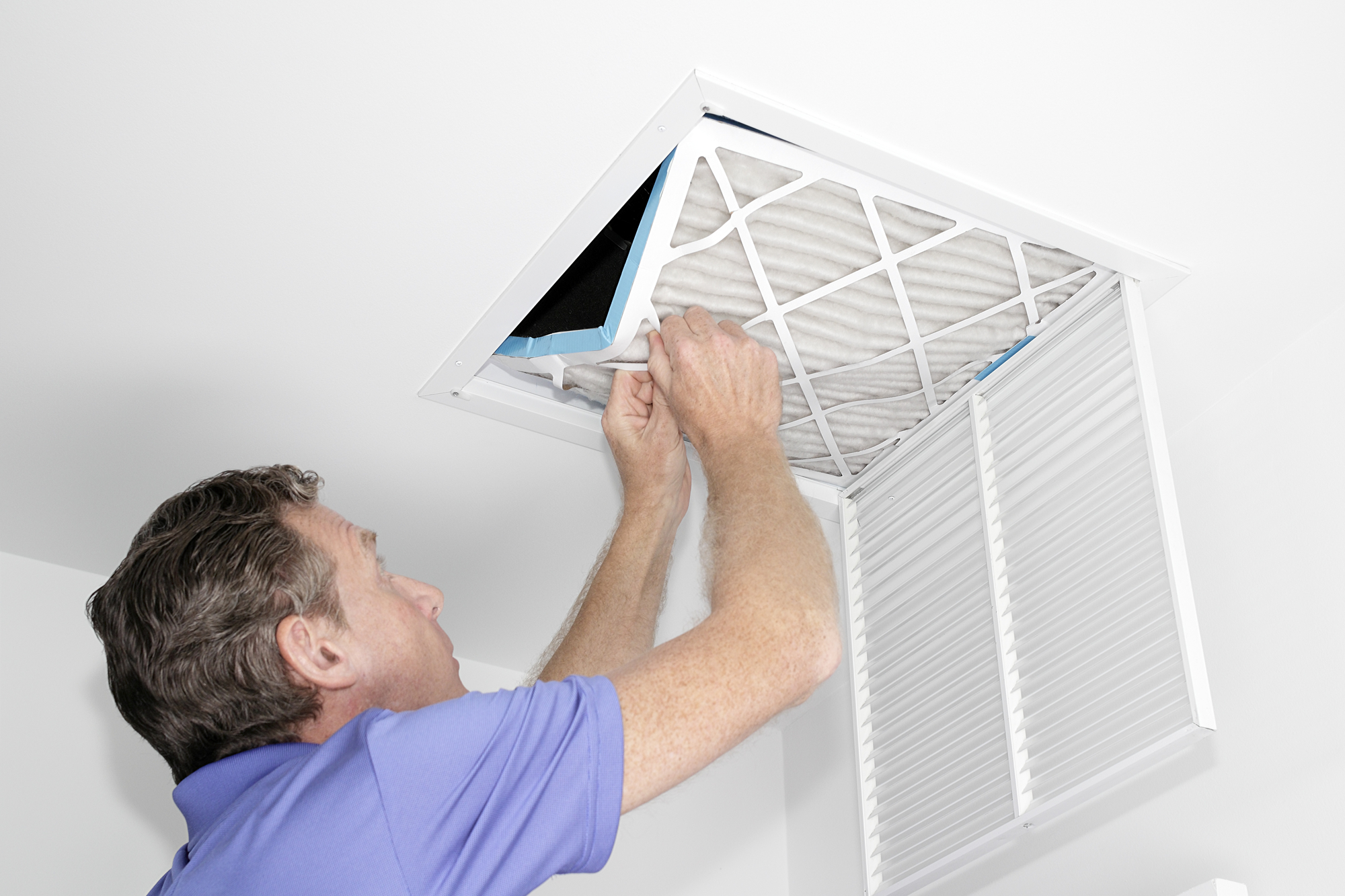The task of disposing of your HVAC filter may seem trivial, but it plays a vital role in maintaining a clean and efficient system. Many homeowners and business owners overlook the importance of proper disposal, which can have a tremendous impact on both environmental health and indoor air quality.
Understanding how to dispose of HVAC filter is not only important for the well-being of your household or employees but also for the larger community and environment. This terrific guide will answer your questions and help you implement Big strategies for safe disposal.

What is an HVAC Filter?
Before delving into the disposal process, it’s crucial to understand what an HVAC filter is. These filters are designed to trap dust, pollen, and other airborne particles, ensuring that the indoor air remains clean and healthy.
Types of HVAC Filters
There are several types of HVAC filters available in the market, varying in materials and efficiency. Some common ones are fiberglass filters, pleated filters, and electrostatic filters.
Why Proper Disposal is Important
Improper disposal of HVAC filters can lead to environmental pollution and health risks. Used filters can harbor bacteria, mold, and other harmful substances.
Environmental Impact
When disposed of incorrectly, HVAC filters can contribute to landfill waste. They are not biodegradable and can take years to decompose, releasing toxins into the soil and air.
Approved Methods for Disposal
There are safe and approved methods to dispose of your HVAC filter. Following these methods ensures minimal impact on the environment.
1. Check Local Regulations
Your local waste management authority can provide guidance on disposing of HVAC filters. They may have specific requirements or designated drop-off points.
2. Use Recyclable Filters
Consider using recyclable filters that can be safely disposed of in recycling bins. This helps in reducing waste and promoting environmental sustainability.
3. Seal and Contain
Before disposing of a used filter, it’s essential to seal it in a plastic bag. This containment method minimizes the release of trapped particles into the environment during transportation.
Steps to Replace and Dispose of an HVAC Filter
Replacing your HVAC filter is as important as disposing of it properly. Here are the steps to follow:
Step 1: Turn Off the System
Ensure that the HVAC system is turned off to prevent the unit from drawing in unfiltered air during the replacement process.
Step 2: Remove the Used Filter
Carefully remove the used filter, avoiding any direct contact with the debris collected on it.
Step 3: Insert a New Filter
Install a new, clean filter to maintain the system’s efficiency and indoor air quality.
The Impact of Technology on HVAC Filter Disposal
People today have access to new technologies that not only improve the effectiveness of HVAC filters but also facilitate their disposal in an eco-friendly manner. Learning about these options is crucial for those interested in energy-efficient solutions.
Tremendous Green Technologies
Green technologies have paved the way for biodegradable and energy-saving HVAC filters. These filters can be disposed of with minimal environmental impact.

Frequently Asked Questions
What happens if HVAC filters are not disposed of properly?
Improper disposal can lead to environmental hazards, including soil contamination and increased landfill waste.
Can I clean and reuse my HVAC filter?
Some filters are designed for reuse after proper cleaning. However, it’s essential to verify if your filter is reusable.
How often should I replace my HVAC filter?
It is generally recommended to replace your HVAC filter every three months. However, this may vary depending on usage and environmental conditions.
For more tips on maintaining your HVAC system, visit the external link on changing HVAC filters and learn more about AC replacement considerations.
Efficient HVAC filter disposal is not just about environmental responsibility. It can be a breeze with the right guidance, such as resources like the air duct cleaning guide to reduce indoor air problems or the duct cleaning cost.






